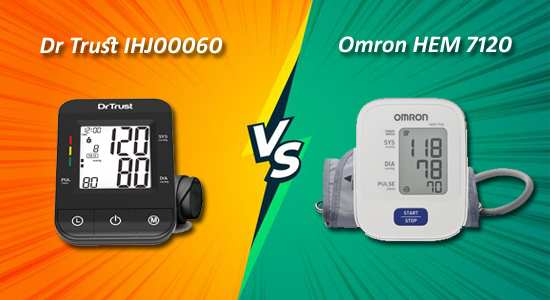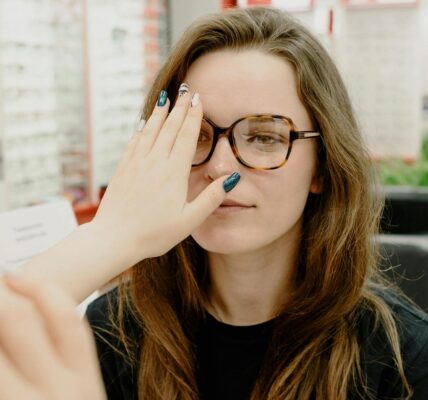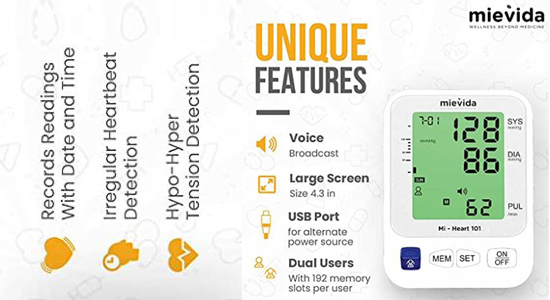Regular eye exams are crucial for maintaining good vision and eye health. However, between appointments, you might want to check your eyesight at home to monitor any significant changes. This can be especially useful if you notice symptoms like blurred vision, difficulty reading, or headaches. While home tests should not replace professional eye exams performed by an optometrist or ophthalmologist, they can help you keep track of your vision. Here’s how you can check your eyesight at home using simple methods.
Prepare Your Testing Area
To ensure accurate results, set up your testing area properly:
- Lighting: Perform the test in a well-lit room to avoid strain on your eyes.
- Distance: Set up your testing chart on a wall without windows to avoid glare. The standard testing distance is about 20 feet away from the chart.
Use a Snellen Chart
The Snellen chart is the most common tool used to check visual acuity. Here’s how to use it:
- Print a Snellen Chart: Easily printable versions of the Snellen chart are available online. Ensure it’s printed at the correct scale to maintain accuracy.
- Mount the Chart: Hang the chart on a bare wall at eye level while standing.
- Test Each Eye Separately: Cover one eye with a hand without pressing on the eyelid. Read the chart from top to bottom. Repeat the process with the other eye. Note the smallest line of text you can read clearly.
Check for Color Vision
Color vision deficiency can sometimes go unnoticed. To test this at home:
- Use Online Tests: Websites and apps offer color blindness tests, which usually include a series of images with numbers or shapes made up of dots in different colors.
- Evaluate Your Results: These tests can help determine if you have difficulty seeing certain colors, though they are not as accurate as professional exams.
Amsler Grid for Macular Health
The Amsler grid helps detect vision problems affecting the macula, part of the retina responsible for central vision:
- Print an Amsler Grid: This grid can also be found online and printed out.
- Perform the Test: Hold the grid at reading distance in a well-lit room. Cover one eye and focus on the centre dot with the other eye. Note any distortions or blurred lines. Repeat with the other eye.
Near Vision Testing
For checking the ability to see up close, a simple reading test can be performed:
- Use Reading Material: Hold a book or newspaper at your normal reading distance.
- Check for Clarity: Read the text to see if you can do so comfortably without squinting.
Assess Peripheral Vision
Peripheral vision can be checked by focusing on an object ahead while noting when a moving object enters your field of vision from the side:
- Setup: Sit in a chair, look straight ahead and have a helper move an object from the side towards your central vision.
- Test Each Eye: Cover one eye and then the other. This test is very subjective but can alert you to significant changes in peripheral vision.
Record and Monitor Changes
Keep a record of all your home test results:
- Note Any Changes: Document any changes or declines in your eyesight.
- Compare Over Time: Use these notes to track changes over time or discuss them during your next eye exam.
Home tests are a useful way to monitor your vision between professional eye exams, but they are not substitutes for a comprehensive eye exam by a licensed professional. If you notice any significant changes in your vision or fail any part of your home tests, it is crucial to schedule an appointment with an eye care specialist. Regular professional eye exams are essential for diagnosing eye conditions early and maintaining optimal eye health.
Hey there! I’m a self-proclaimed Twitter addict and an unapologetic coffee lover.









